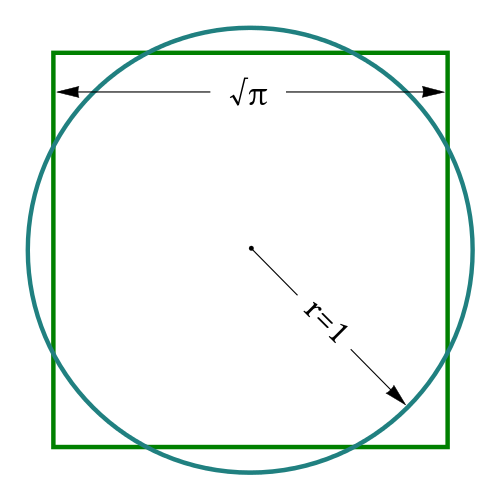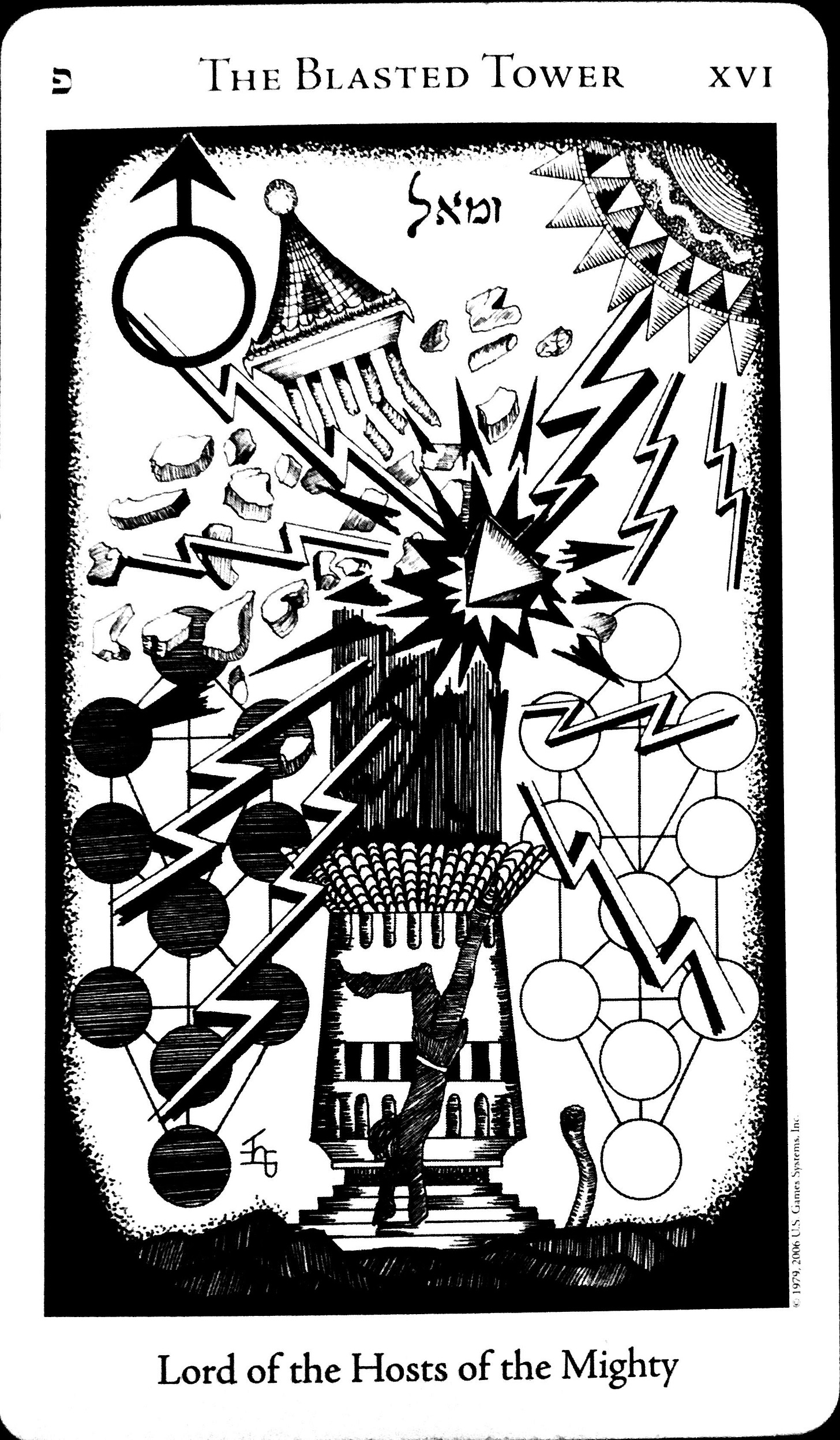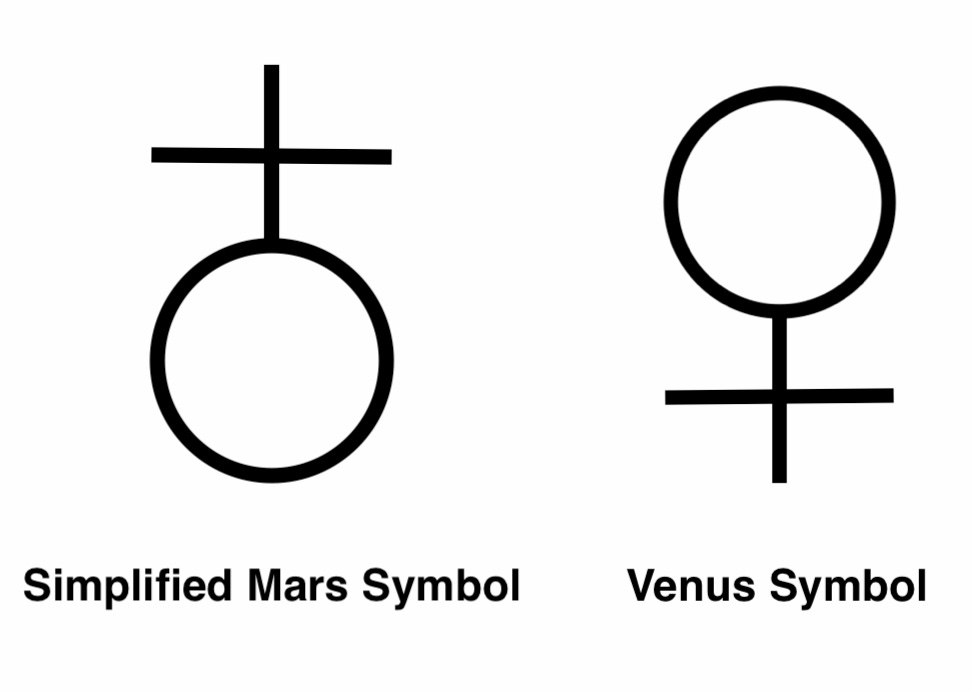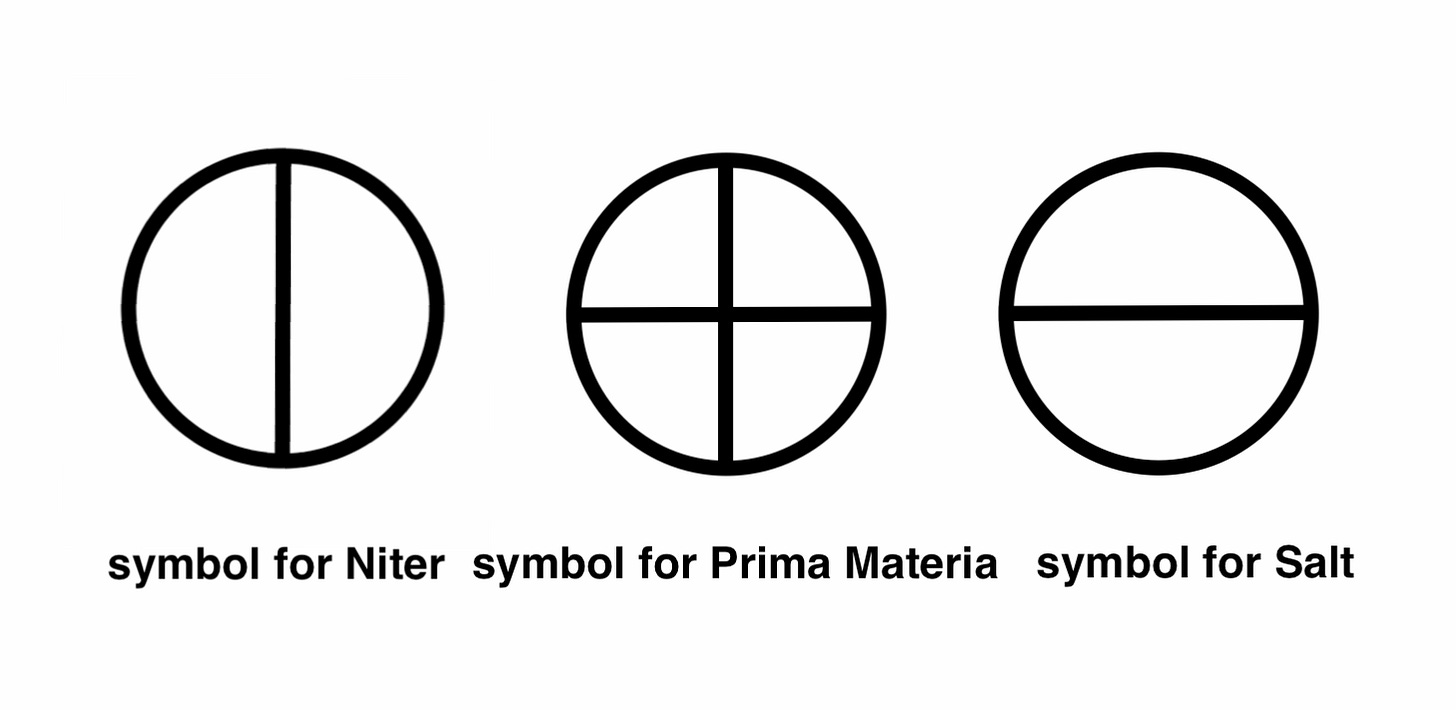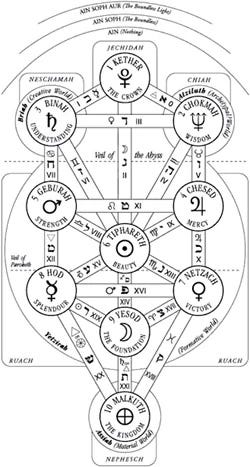Pi, Math and Magic
Synchronicities in Number and Letter
Introduction
I am admittedly a little late for Pi day, but I had this small observation and wanted to share it.
Pi
Pi is defined as the ratio of the circumference of a circle to its diameter, the first three digits of this number are famously 3.14. This number was familiar to the ancients who marvelously approximated it, and applied it most notably in architecture to create some of the most beautiful buildings in the world. This number is almost magic in its ability to mediate the radial world of the circumference and square world of the diameter.
Squaring the Circle
The ancient problem of Squaring the Circle is a deceivingly simple one, but one that has attracted the greatest minds in mathematics and philosophy throughout history, including Archimedes and Anaxogras. The problem lies in being able to construct a square that has the same area of a given circle. Although this problem is currently held to be impossible to solve in any rational way, it is used as a proof that requires Pi to be a transcendental irrational number in order to solve. I am not a mathematician, and so I will refrain from elaborating on the details of the problem so as to not cause confusion in the mind of the reader. What is important is the use of Pi in the relationship between the area of a square and circle.
This problem fascinated occultists and alchemists in medieval times. As was the course of alchemy throughout it’s existence, and by the influence of Gnosticism, the problem was taken as an allegory for division of the One into the Four. Or the reconciling of Body and Spirit.
Squaring the circle was a problem that greatly exercised medieval minds. It is a symbol of the opus alchymicum, since it breaks down the original chaotic unity into the four elements and then combines them again in a higher unity. Unity is represented by a circle and the four elements by a square. The production of one from four is the result of a process of distillation and sublimation which takes the so-called “circular” form: the distillate is subjected to sundry distillations so that the “soul” or “spirit” shall be extracted in its purest state. The product is generally called the “quintessence,” though this is by no means the only name for the ever-hoped-for and never-to-be-discovered “One.” It has, as the alchemists say, a “thousand names,” like the prima materia.
-C.G. Jung
I do not believe that Pi is then, metaphorically speaking, the quintessence, but perhaps a vector or path in which the one is led to the quintessence. It is the relationship between spirit and matter, circle and square. Also the relationship between female (square) and male (circle).
Pey, The Tower
The Greek letter Pi (π) is the equivalent of the Hebrew letter Pey (פ). Pey comes from early Hebrew pictographic depiction of a mouth, and its “meaning” is thus. Incidentally the mouth is a good depiction of the relationship Pi represents. A closed mouth resembles the horizontal line of diameter ‘—’ and and open it is the circumference of the circle ‘O’. The mouth is also a relation of matter and spirit, in which it is the matter that the pneuma (breath, spirit) comes out of and returns again into. The mouth is also hermaphroditic, implying the consumation of opposites, through the opening of the mouth and the phallic tongue.
The letter Pey, through kabbalistic tradition, is attributed the sixteenth trump of the Tarot, The Tower. The Tower is first and foremost a scene of destruction. A transformation that in most basic language can be described as the vertical going horizontal. (For further elaboration on this subject I encourage the reader to watch Galahad Eridanus’ video on YouTube, The Shape of Everything). This is the basic construction of the cross, the vertical spiritual masculine line, descending through the horizontal, material, feminine line. In Aleister Crowley’s Thoth Tarot the dove and lion-headed serpent are found on the left and right of this card.
Here there is some nuance in relating the dove to the square, and lion-headed serpent to the circle. The serpent is Abraxas, who is first and foremost a time god, also called Aion, Cronos, Saturn, or colloquially Father Time. The name Abraxas, through Greek gematria, is the number 365, the number of days in the year. This is the wheel of time, the wheel of the year, and the passage of the Sun. This is our paternal pneumatic circle, who is celestial and spiritual.
For the dove we abandon it’s Christian connotation as spirit, and look to its much older roots in the goddess Venus. We find in a passage of Plutarch’s Isis and Osiris, an elaboration on the Pythagorean geometric-divine relations.
The properties of the square [is expressive] of Rhea, Venus, Ceres, Vestia, and Juno.
-Plutarch
In the Hermetic Tarot, a reconstruction of the Tarot of the Golden Dawn, the images of the Sephiroth and the Qliphoth take the place of the dove and serpent. The meaning of this in relation to the circumference and diameter of a circle, can be found in the etymology of the words. Sephiroth comes from the Hebrew word “sephira” meaning to enumerate or to count, most likely because of it’s ten spheres, but we can take this to also indicate the measure of the diameter. This is made more clear by the meaning of Qliphoth, which originally means “the shell of a nut”, a clear association with the circumference.
Through the Tower card we can infer an equivalence of the astrological Mars and Pey, and by proxy Pi. The Mars symbol can be broken up into two elements, the cross and the circle. The cross here is interchangeable with the square, both imply the number four, which is the number of matter. The circle is the spirit, as previously explained. Mars, pictorially, means the material cross weighing down the spiritual circle1. Venus, its opposite is then the spiritual uplifting the material. Mars is then the way in which the spiritual is formulated into the material, just as Pi is the constant that relates the radial circumference to the Cartesian diameter.
Venus is pictorially relevant in its opposition to Mars. The card attributed to Venus, the Empress, is also given the attribution of the alchemical Salt. The symbol for Salt is a circle with a horizontal line cutting it in half, our diameter-circumference relation once again. Salt is the feminine half of the Prima Materia, It’s opposing substance is Niter, which is the masculine. Niter’s symbol is the same only rotated 90 degrees, implying the masculine quality of the vertical.
Pey, on the Sephiroth Tree, is the path that connects the Sephiroth Netzach and Hod. Called “Desire” and “Reason,” we can see a clear correlative to Jung’s erotic Anima, and the logical Animus. Also called the “Father and Mother degraded to an animal state”.2 These two spheres fall on the left and right pillars, and it is the path of Pey, one of three paths that cross the center, that connects them. The other two are Daleth and Tet. Daleth is given the Empress card, which symbolism we have already discussed. Tet is the equivalent of Greek Theta, which is commonly used as the variable for the measure of an angle. The significance of this is found within the formula, l = dθ/2, (length of arc equals diameter times measure of angle divided by two). Length of arc (circumference) represented by the vertical masculine L (also the basic form of the Tower card), equals radius, the half diameter and feminine D (English equivalent of Hebrew Daleth) times Theta, The angle and medial relation of the two. Theta also pictorially represents a circle and its diameter, θ. It may also be interesting to add the Greek Delta’s (Δ) (Greek equivalent of Hebrew Daleth) use in mathematics to indicate change, and chemistry to indicate polarity. These mathematical connections are merely suggestive, as they are definitely not intentional. I won’t pretend to any ultimate meaning within them, but give them a synchronistic value.
Concluding Thoughts
Pi has apparently been aptly given its place in mathematics when we look at its occult and magical significance. Pi is not the bringing together of the opposites, not the Ouroboros, but the transformation of one to the other. The snake is uncoiled! The path of transformation is laid out, the tower falls from heaven, and crashes to earth. I hope this was an enjoyable symbolical study. It provided more than I initially thought was present. I of course encourage the reader to contact me with any questions, comments or further elaborations on the subject. I will be interested to hear from you.
Until then
Be well,
C.S. Mitchell
Instagram: @conrsean
Discord: conrsean#2517
Goodman, Magic Symbols (p. 34)
Crowley, An Essay Upon Number (p. 28)


